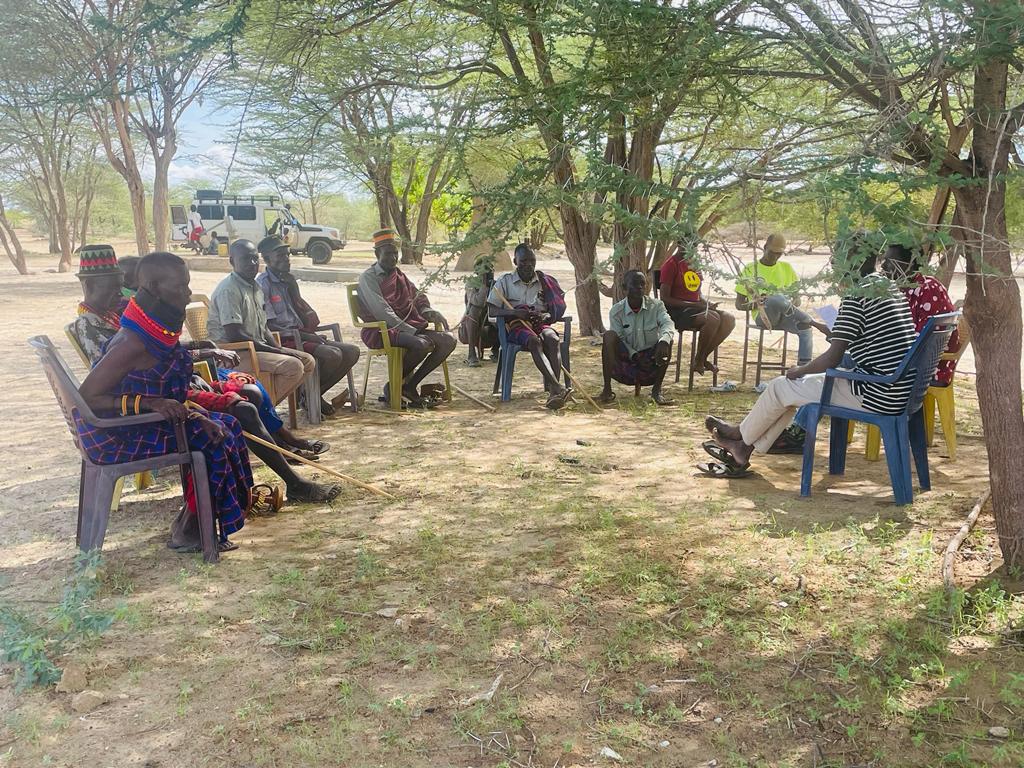
Enhancing Food Security and Resilience in Kenya
The primary objective of the project was to improve water access and WASH governance for 7,070 persons, local institutions, ministries, and other stakeholders. Specific objectives included:
- Extending access to WASH in rural areas and improving service levels.
- Strengthening county governments' capacity to fulfill their WASH mandates.
- Enhancing the capacities of local partners and fostering collaboration among WASH system actors.
Project Implementation and Beneficiaries
The project was implemented by WHH and its implementing partners in Turkana, Marsabit, and Kajiado counties. The project targeted rural communities and households, focusing on improving water access, sanitation facilities, and capacity building.

Recommendations
The baseline assessment provided valuable insights into the current status of WASH governance and service delivery in the target counties. Key findings included:
- Institutional arrangements: Challenges existed in coordination and collaboration among key stakeholders, leading to inefficiencies and delays in decision-making.
- Service delivery: Infrastructure limitations and inadequate maintenance hindered the provision of sustainable water supply services.
- Regulation and accountability: Weak regulatory frameworks and limited accountability mechanisms contributed to inconsistencies in service delivery.
- Livelihoods: Many households relied on agriculture and livestock, but faced challenges related to climate change and market fluctuations.
- Tailored interventions: Develop context-specific interventions that address the unique challenges and opportunities in each county.
Conclusion
The baseline assessment provided a comprehensive understanding of the existing challenges and opportunities in the WASH sector in the target counties. The findings will inform the project's implementation and help to develop effective strategies for strengthening WASH governance and improving sustainable water supply services. Continued efforts are needed to address the identified gaps and ensure that the project achieves its objectives of improving water access and well-being for the target population.
